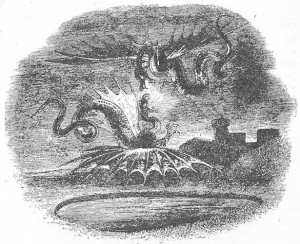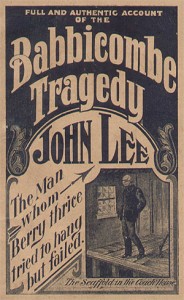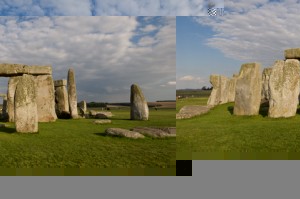Burns Night

Robert Burns
Robert Burns (25 January 1759 – 21 July 1796) was a Scottish poet and lyricist. He is widely regarded as the national poet of Scotland and is celebrated worldwide.
As well as making original compositions, Burns also collected folk songs from across Scotland, often revising or adapting them.
In 2009, STV ran a television series and public vote on who was “The Greatest Scot”. On St Andrew’s Day, STV announced that Robert Burns had been voted the greatest Scot of all time, narrowly beating William Wallace.
On 25th January, to celebrate his birth Scots (and others) around the world celebrate his life and works with a Burns Supper.
The main dish is haggis, served with neeps (turnip or swede) and tatties (potatoes) and perhaps the odd shot of whisky.
The arrival of the dish is announced by one of Burns’ most famous poems.
Address to a Haggis Read more »


 On the morning of 15th November 1884, 68 year-old Emma Ann Whitehead Keyse was found dead at her home, “The Glen,” at Babbacombe Bay near Torquay by her servants who had been roused by the smell of smoke in the property.
On the morning of 15th November 1884, 68 year-old Emma Ann Whitehead Keyse was found dead at her home, “The Glen,” at Babbacombe Bay near Torquay by her servants who had been roused by the smell of smoke in the property.